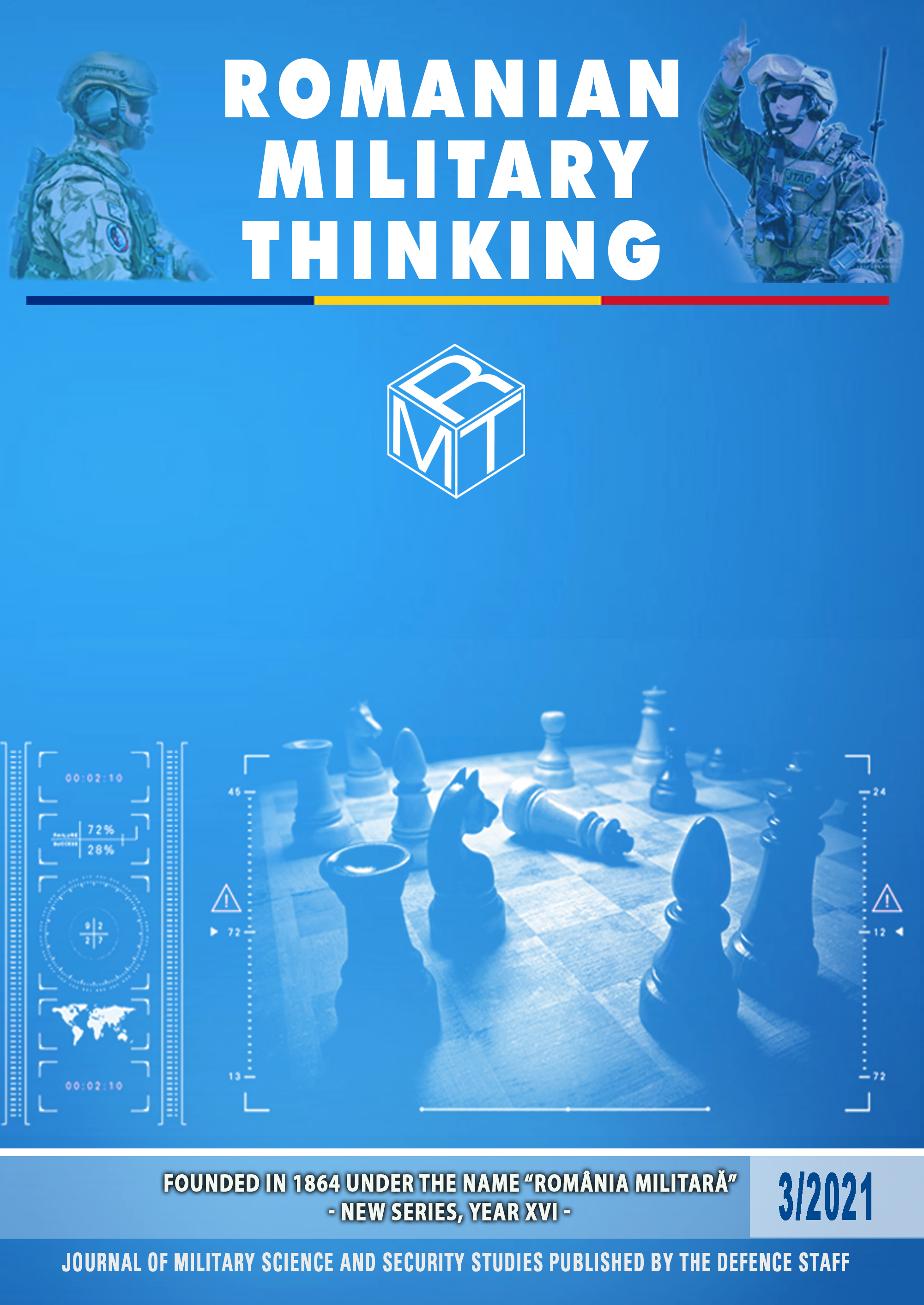The Baltic States – Between NATO’s Protection and Russia’s Threat –
The Baltic States – Between NATO’s Protection and Russia’s Threat –
Author(s): Ana MereacreSubject(s): Security and defense, Military policy, Geopolitics, Peace and Conflict Studies
Published by: Centrul tehnic-editorial al armatei
Keywords: Baltic countries; NATO; Russia; Suwalki Corridor; military exercises;
Summary/Abstract: The three Baltic countries carry with them the heavy burden of the Soviet past, alongside their positioning in an area of interest to both the North Atlantic Alliance and Russia. The main research directions and the hypothesis of the present paper are grounded on the premise of the realistic approach in the study of international relations, according to which states are rational actors and lead a permanent competition to increase their power towards hegemony, as well as on the theoretical grounds of the balance of power. This article analyses the situation of the three Baltic states in the context of the tense relationship between NATO and Russia, but also in terms of the ability of each actor to project its power in the Baltic Sea. The main research hypothesis is that although the Baltic states are part of NATO and the EU, they are the most exposed members to the threat of Russian aggression, and hence, the more Russia strengthens its presence in the region, the more NATO will try to rebalance the balance of power to ensure the security of its members. The first direction of research consists in analysing the increasing level of risk to the security of the Baltic countries following the annexation of Crimea and, at the same time, the strengthening of military presence and scale of exercises carried out in the region, by both Russia and NATO. Moreover, the Baltic states need to identify potential vulnerabilities while facing the alternative fighting methods Russia may draw upon, such as hybrid actions, and therefore strengthen their defence capacity. Another direction hereby analysed is NATO’s vulnerability to Russia in the context of the Suwalki Corridor, which must be addressed during the forthcoming period. Following these directions, the article mostly relies on the qualitative research method, whilst also including the analysis of quantitative data.
Journal: Romanian Military Thinking
- Issue Year: 2021
- Issue No: 3
- Page Range: 158-181
- Page Count: 24
- Language: English

